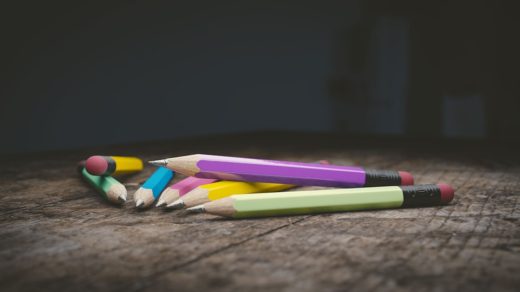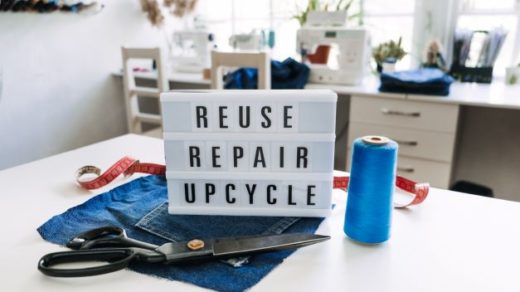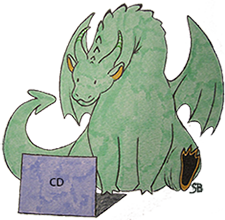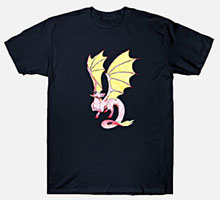Henna is most popular as a form of body art or temporary tattoo, although it has many uses. Henna is the English name which comes from its Arabic name, Hina. In India it is commonly called Mehendi which has Sanskrit origin. The use of Henna has been prevalent in India, the Middle East and Africa since ancient times.
How to find, mix and use Henna
Henna in any form has the property of staining; which why it is used in temporary tattoos, dyeing of hair, skin, nails, fabrics, etc. Henna is most commonly referred to the paste made from mixing dried Hina (Lawsonia inermis) leaves with water, lemon juice, sugar syrup, strong tea, eucalyptus oil, clove, etc. Other ingredients may be added depending on the use and/or traditions.
You may find the packaged Henna in Indian or Middle Eastern stores. For use on hair, packaged dry powder Henna is added to water and set aside for 4-6 hours. The paste is then mixed with either raw egg or yogurt just before use to enhance its conditioning effect on hair. It should be left on the hair for 1.5-3 hours for better results.

For use in body art the paste is filled in plastic cones similar to those used to pipe icing on to cakes. The packaged cones are available in Indian and Middle Eastern stores and are ready to use. The color of natural Henna stain is red-brown. Dried indigo (Indigofera tinctoria) leaves, along with chemical para-phenylenediamine (PPD) may be added to the Henna to give it black color. However, PPD can give black stain instantly but can cause severe allergic reactions and should be avoided.
Henna should be left on the skin for at least 4-6 hours, although leaving on overnight is very common. Leaving it longer helps to get a darker stain. The stain color is mainly driven by an individual’s body temperature. The more heat the body generates the darker the stain gets. It also lasts longer. As per Indian folklore the more your significant other loves you, the darker the stain gets.
Henna as a ceremonial art
In India Henna is a ceremonial art which is used in all weddings by brides and most women – and children as well. I can’t say the same for grooms; only grooms in certain cultures use the Henna. Other cultures consider it a purely feminine art. Some cultures have a special “Mehendi” ceremony planned a day or two prior to the wedding where all the family and friends gather together to get the designs tattooed.

The ceremony also involves singing, dancing and such forms of entertainment. Women and children use Henna tattoos for most festivals and joyous occasions as well.
Bridal henna is always more elaborate and intricate compared to others. Henna is most commonly applied on palms and back of hands. Although it can be applied to any body part, the darker stains are on hands and legs.
Most common Henna designs are Indian traditional or Arabic. Indian traditional designs are more intricate, detailed and sometimes narrative. For bridal designs they may depict a wedding scene with bride, groom and musical instruments. 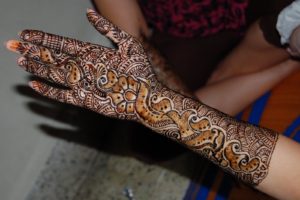
Indian traditional designs will normally include motifs such as peacocks and paisleys with floral or lacy patterns. They will mostly fill the entire area with very less skin showing and will have larger patterns filled with smaller designs.
Arabic designs on the other hand will have big spaces between patterns showing more skin. They have floral designs with bold lines and their patterns may be completely filled with Henna rather than tiny designs. 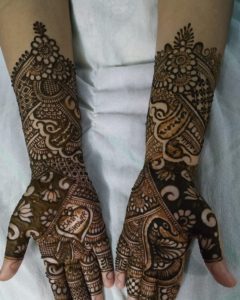
As the art of Henna has traveled to the West the designs have expanded horizons. You may find dragons, butterflies, cartoon characters and anything you can imagine as a Henna tattoo.
Growing up in India, Henna was a very integral part of my life. I have a lot of memories of cousins and family getting together for occasions and all of us staying up late night to get the Henna tattoos done. Back then it would be mostly older cousins or aunts doing the tattoos for all. Now there are professional Henna artists hired to do the job. I loved every part of it from the designs to the color to the fragrance which can stay on for days or weeks.
Being a Mom of two little girls, I now try to recreate those memories for my daughters and feel immense pleasure to see them enjoy the art form as much as I do!
 Hi readers, I am Anushree Neurgaonkar or Anu as my family, friends and colleagues call me. I am a working mom of two girls named Zoie and Nora, and live in Foster City, CA with my family.
Hi readers, I am Anushree Neurgaonkar or Anu as my family, friends and colleagues call me. I am a working mom of two girls named Zoie and Nora, and live in Foster City, CA with my family.
I was born in Mumbai India and lived there half of my life and have been living in the Bay Area for the rest. I like to look at life as the most precious gift and wish to enjoy every bit of it. My creative side and my girls help me achieve the balance to carry on the hectic Bay Area life while pausing and smelling the roses on the way. I am a big travel enthusiast and love to try out different adventure sports.
Thank you to Anu for this article! I met Anu several years ago, when we were both working for a major corporation here in Connecticut. Anu is a beautiful person, inside and out!
– Angie

